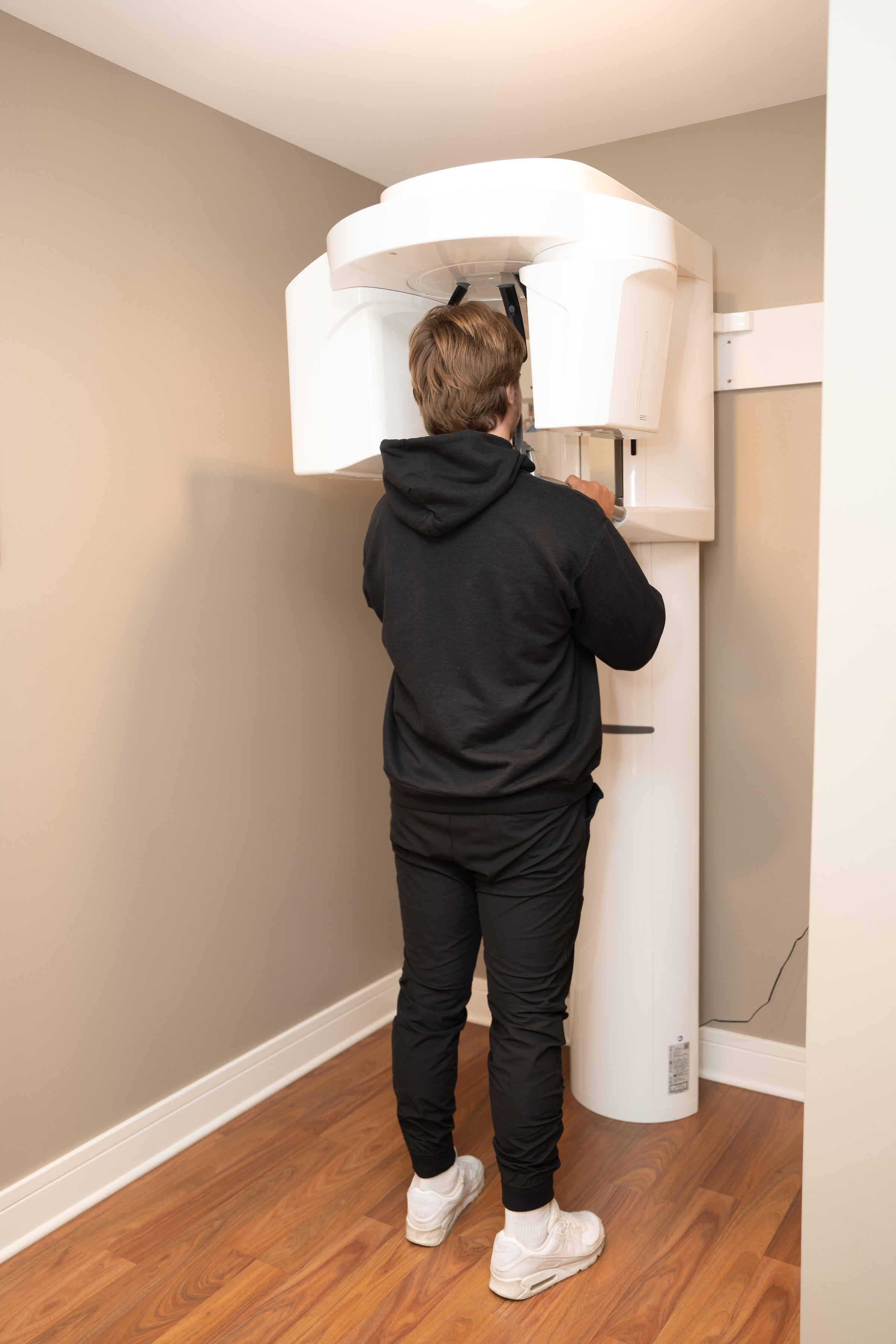X-Rays are one of the primary ways to diagnose various medical conditions that require a dentist intervention. Most often this happens in the case when the dentist is not sure about the condition of the tooth in places where the human eye cannot reach.
Dental x-rays are a type of picture of the teeth and mouth. X-rays are a form of electromagnetic radiation, just like visible light. They are of higher energy, however, and can penetrate the body to form an image on film. Structures that are dense (such as silver fillings or metal restoration) will block most of the photons and will appear white on developed film. Structures containing air will be black on film, and teeth, tissue, and fluid will appear as shades of gray.
Dental x-rays can reveal dental cavities (tooth decay) before they are visible even to the dentist. Many dentists will take yearly bitewings to catch the early development of cavities.


Dental x-rays may be used to identify the following:
There is very low radiation exposure. However, no one should receive more radiation than necessary. A lead apron can be used to cover the body and reduce radiation exposure. Pregnant women should not have x-rays taken unless absolutely necessary.